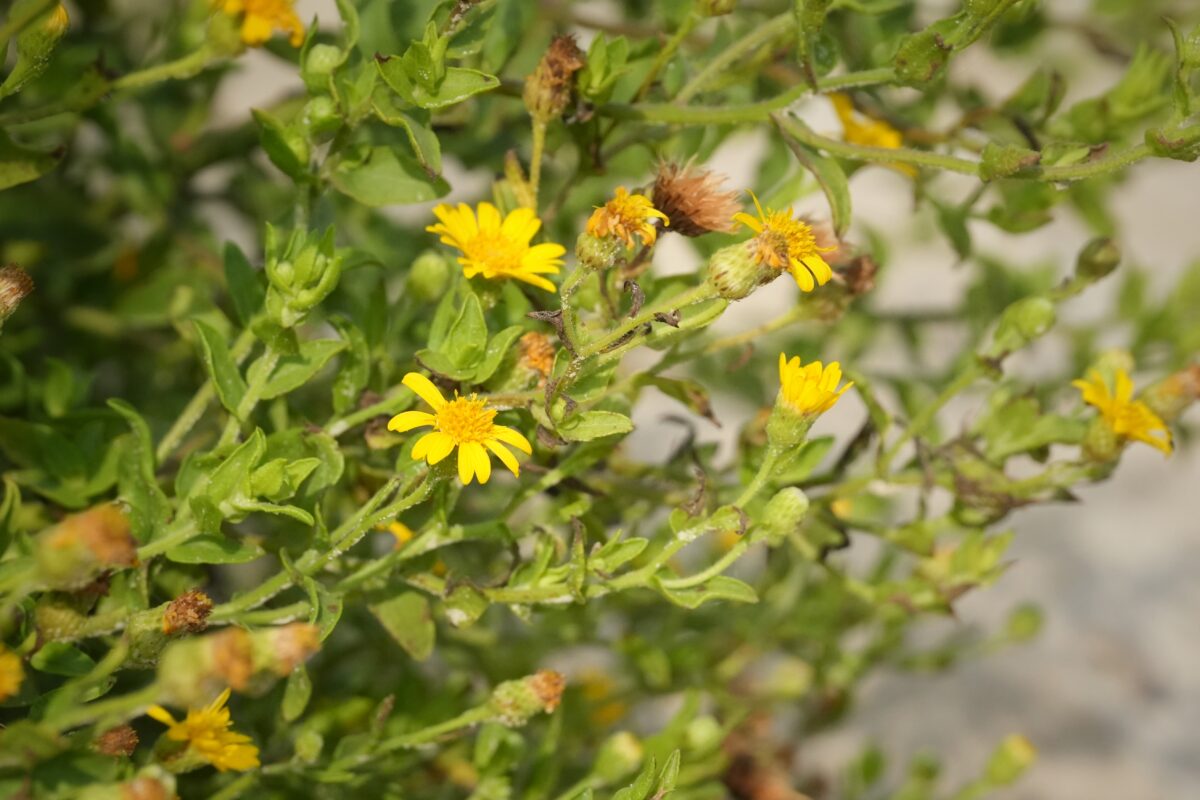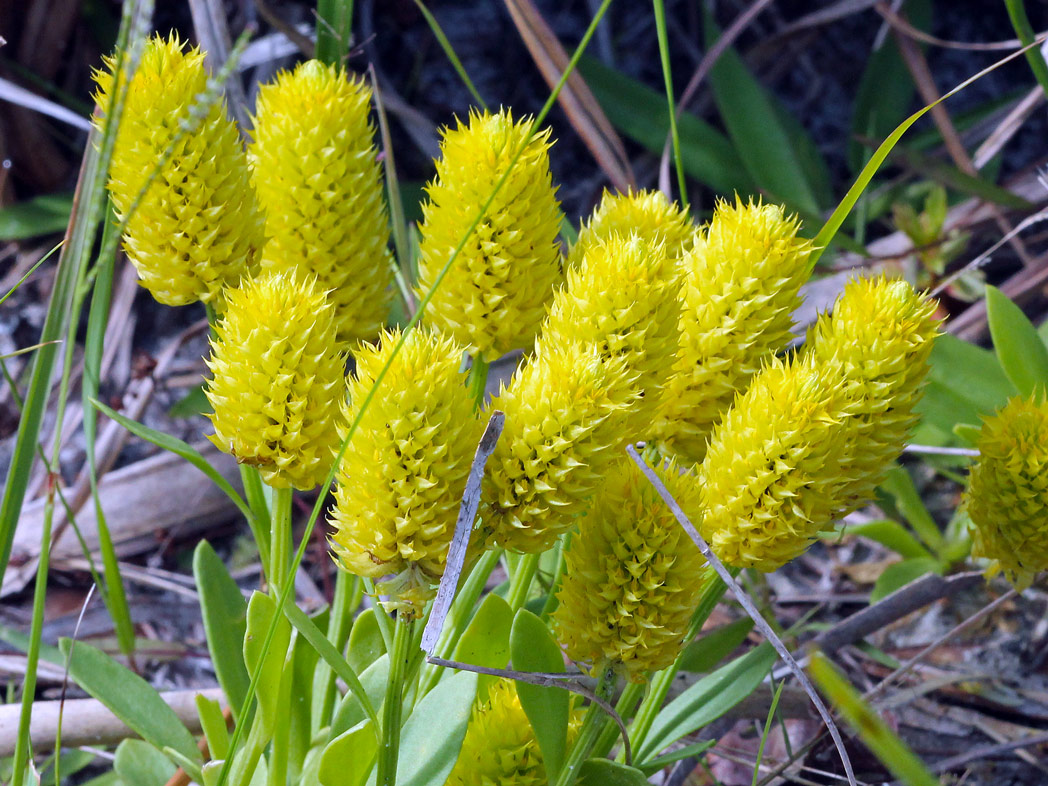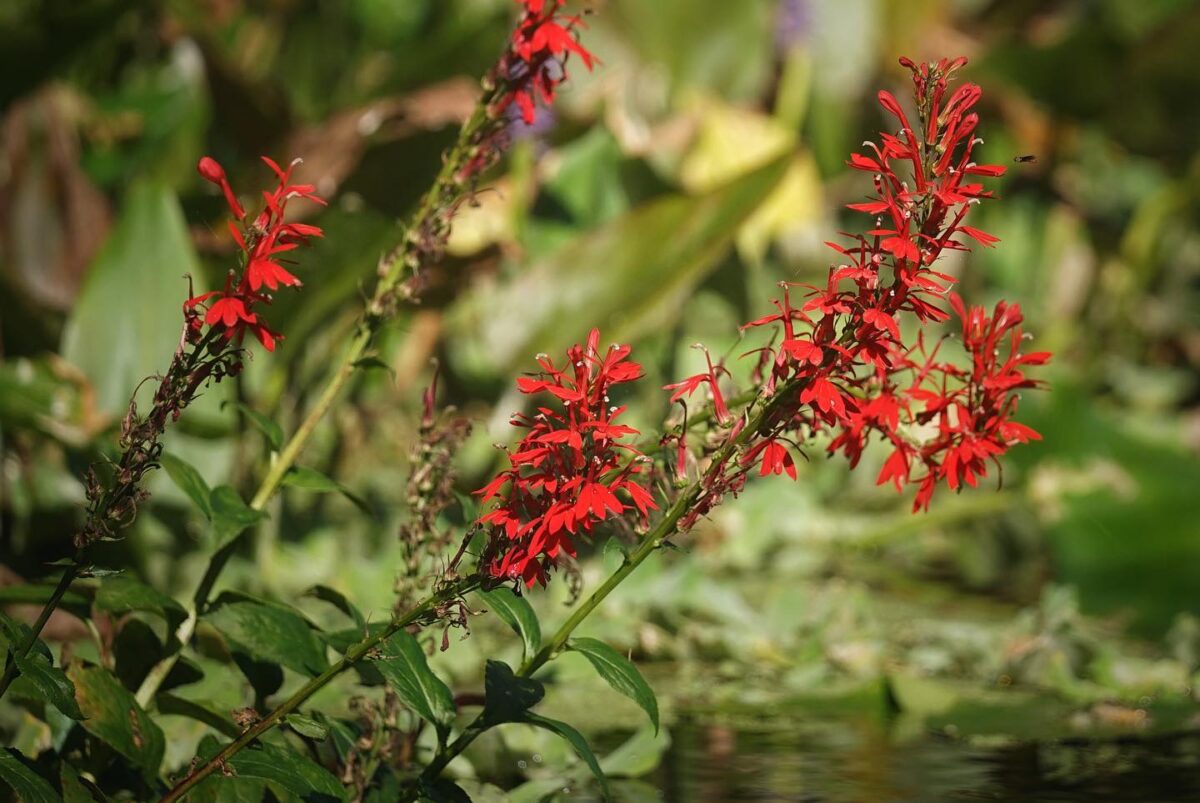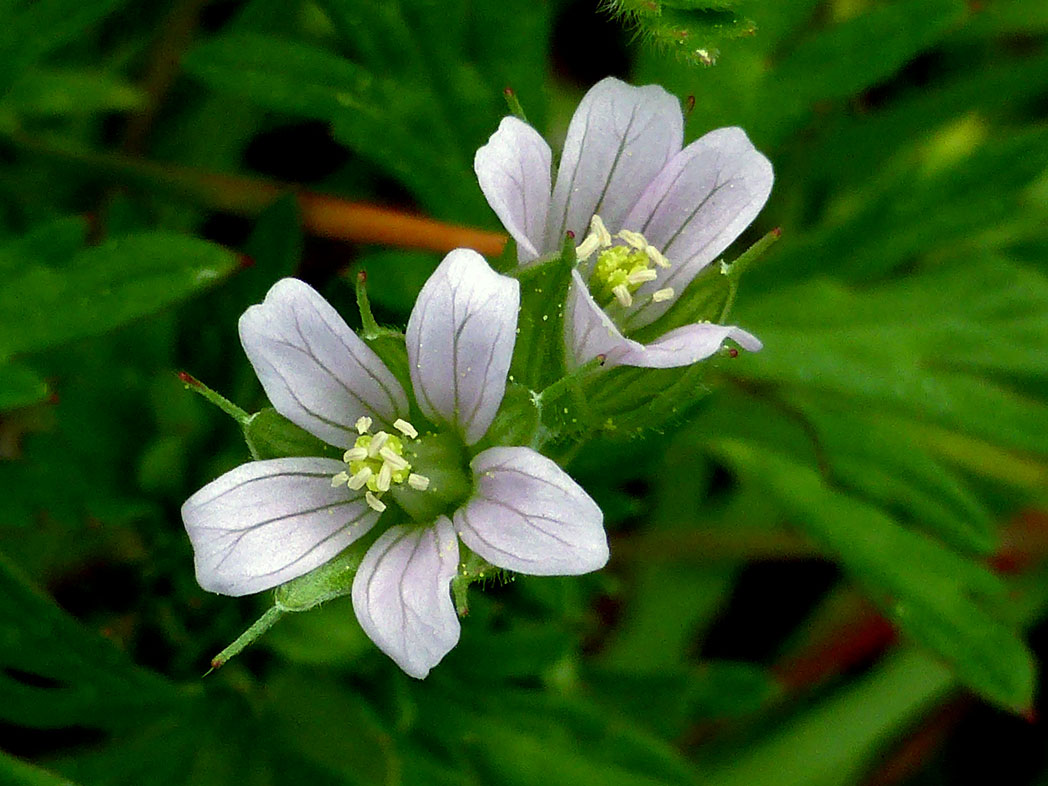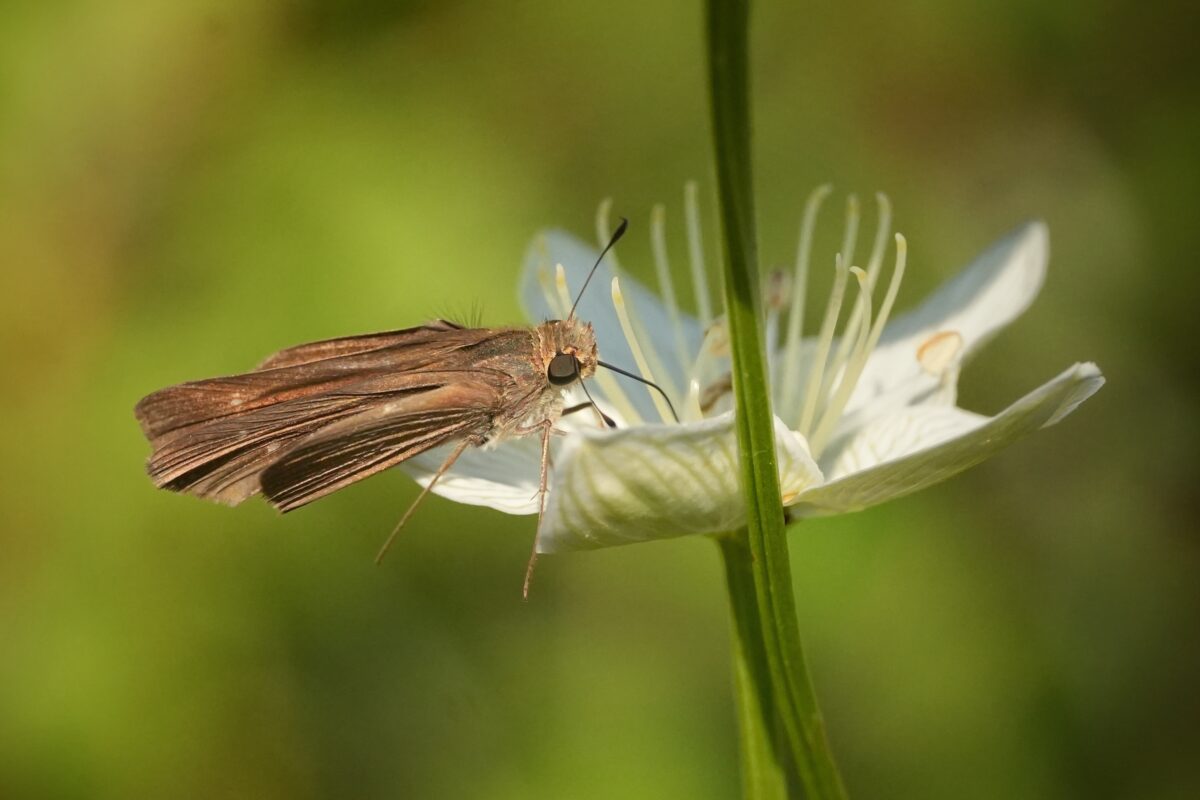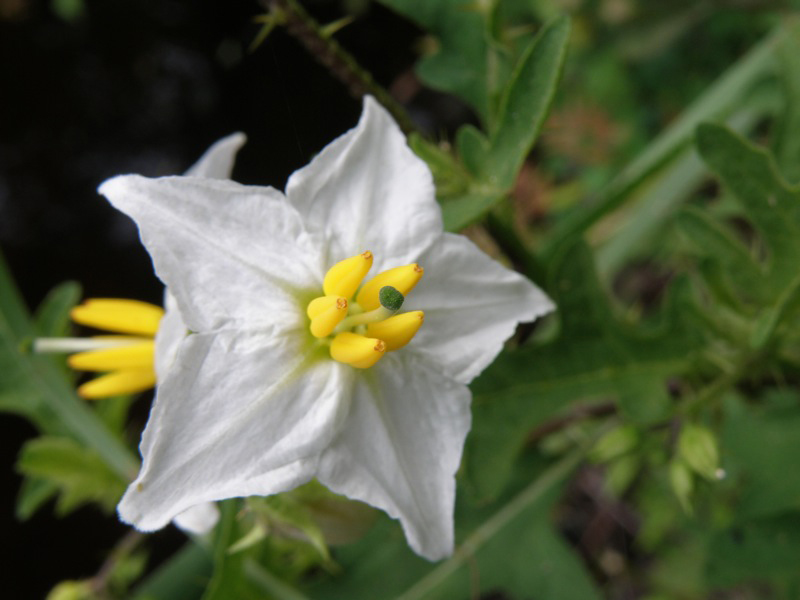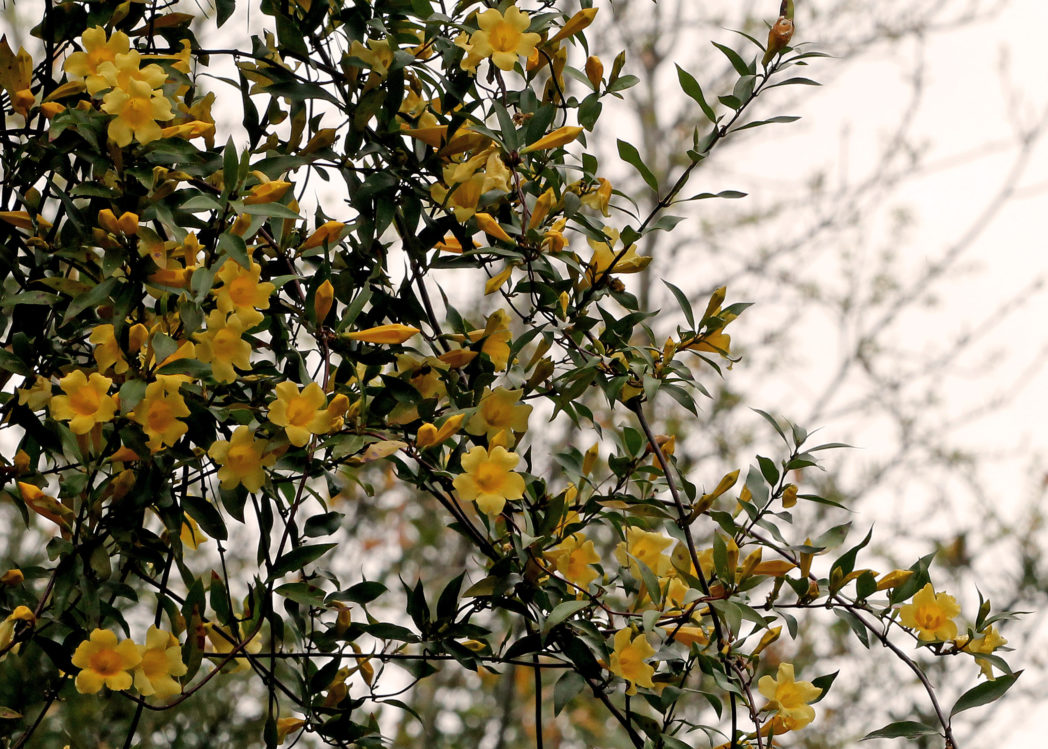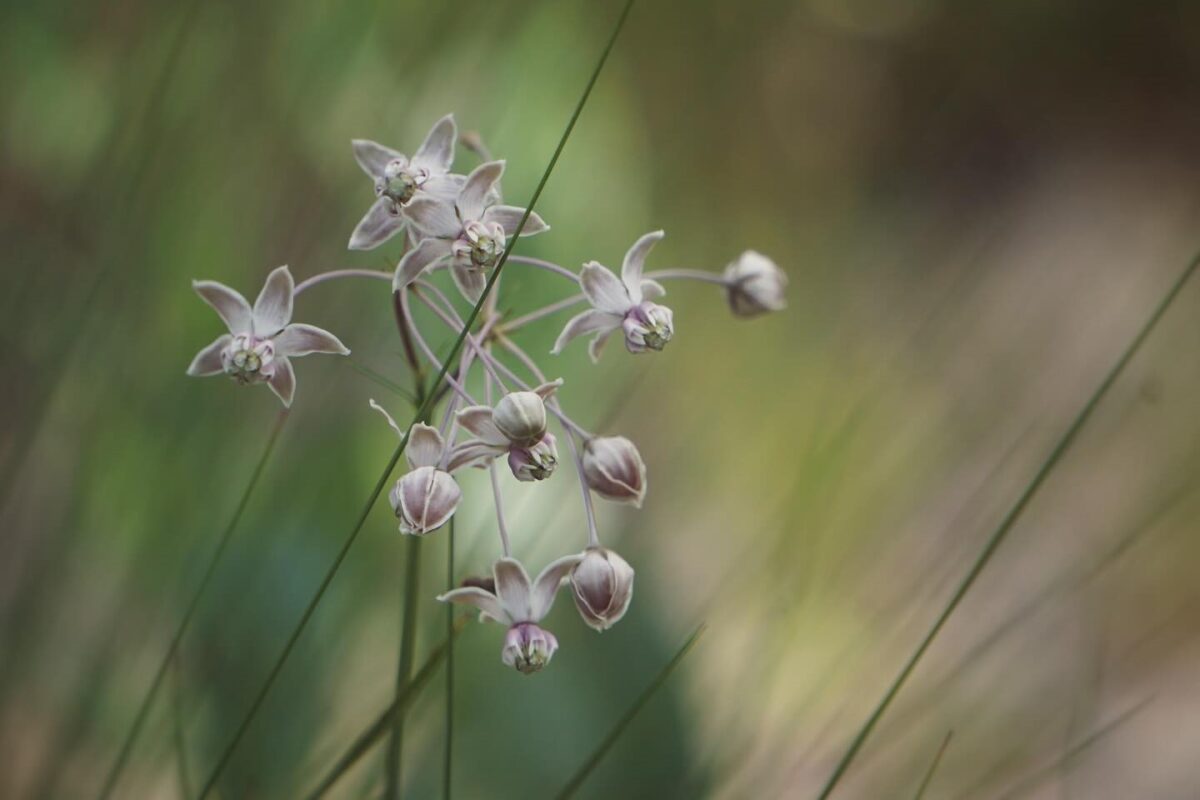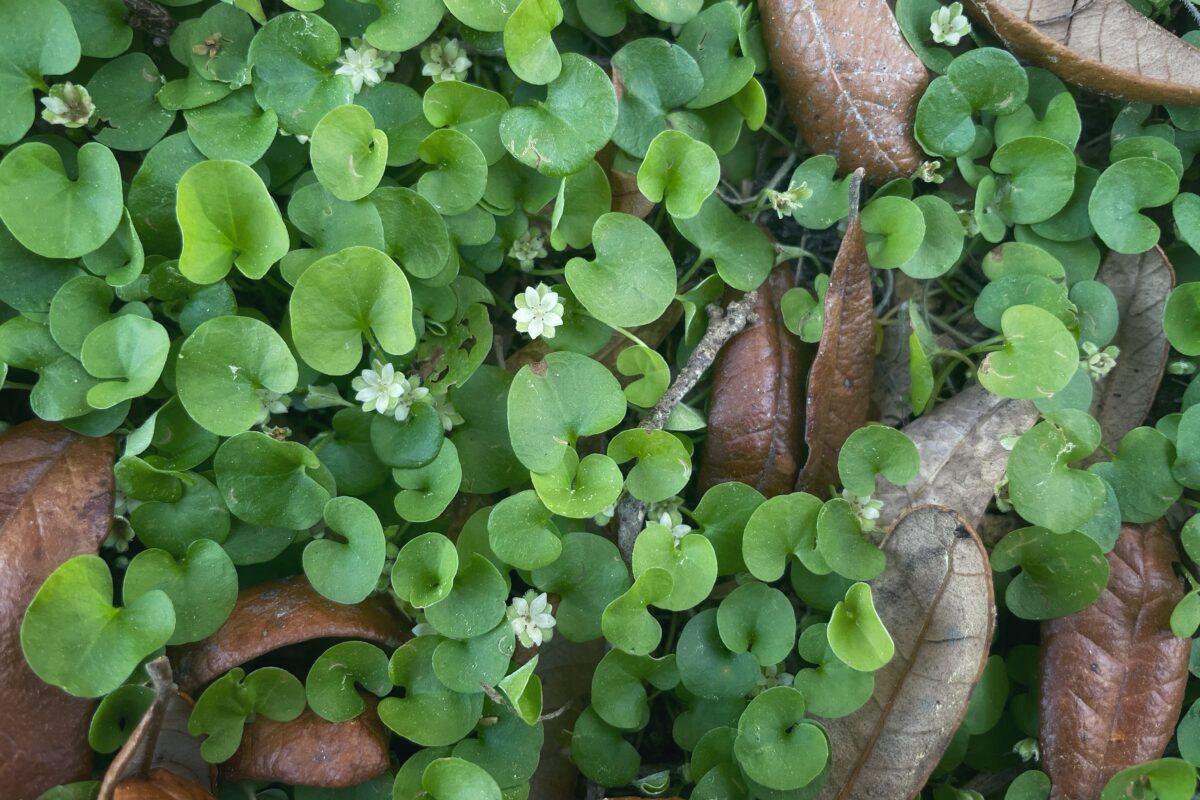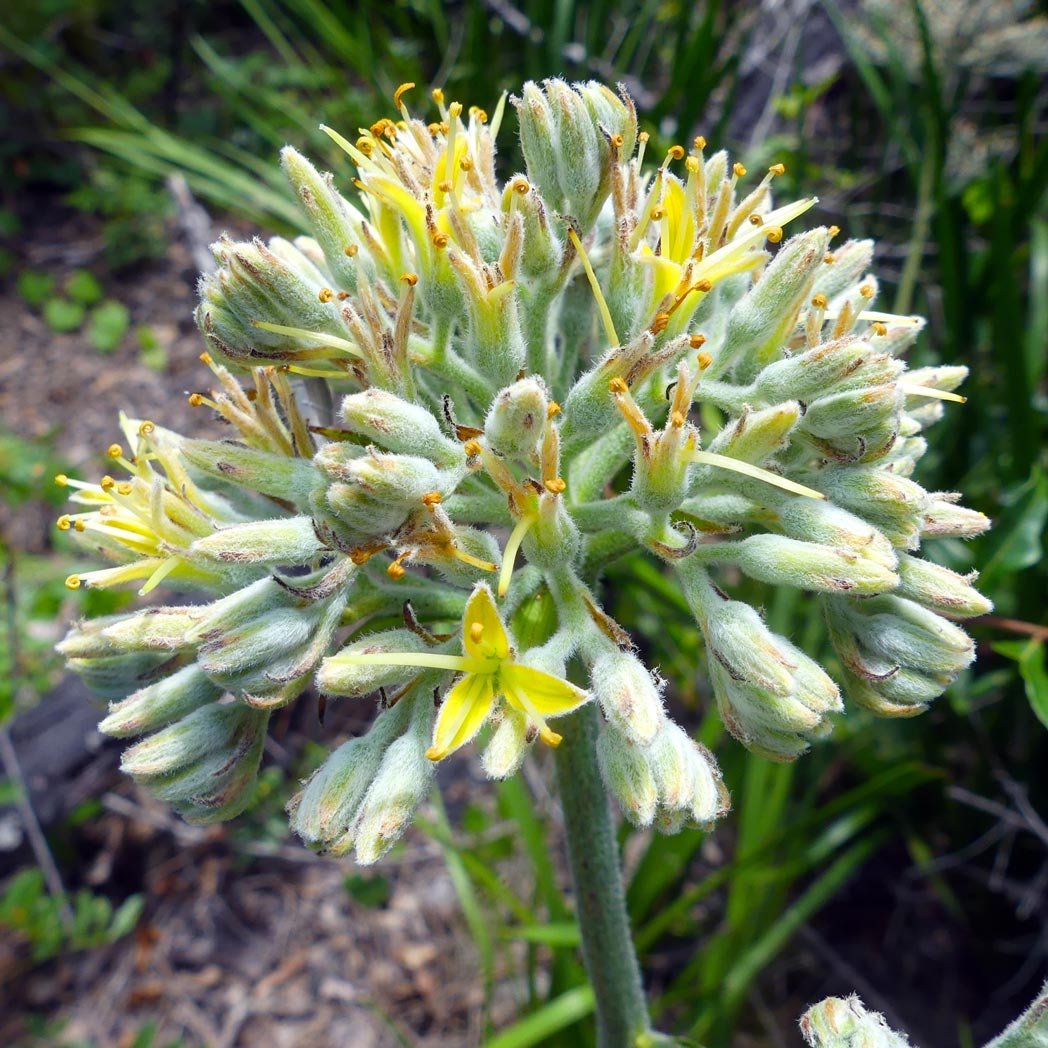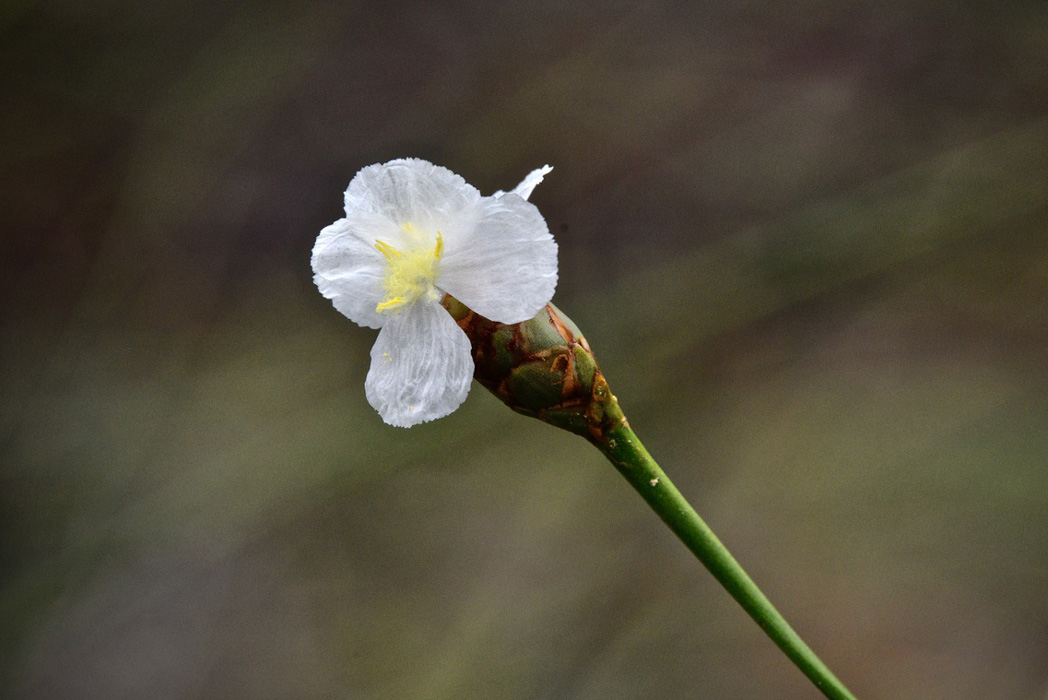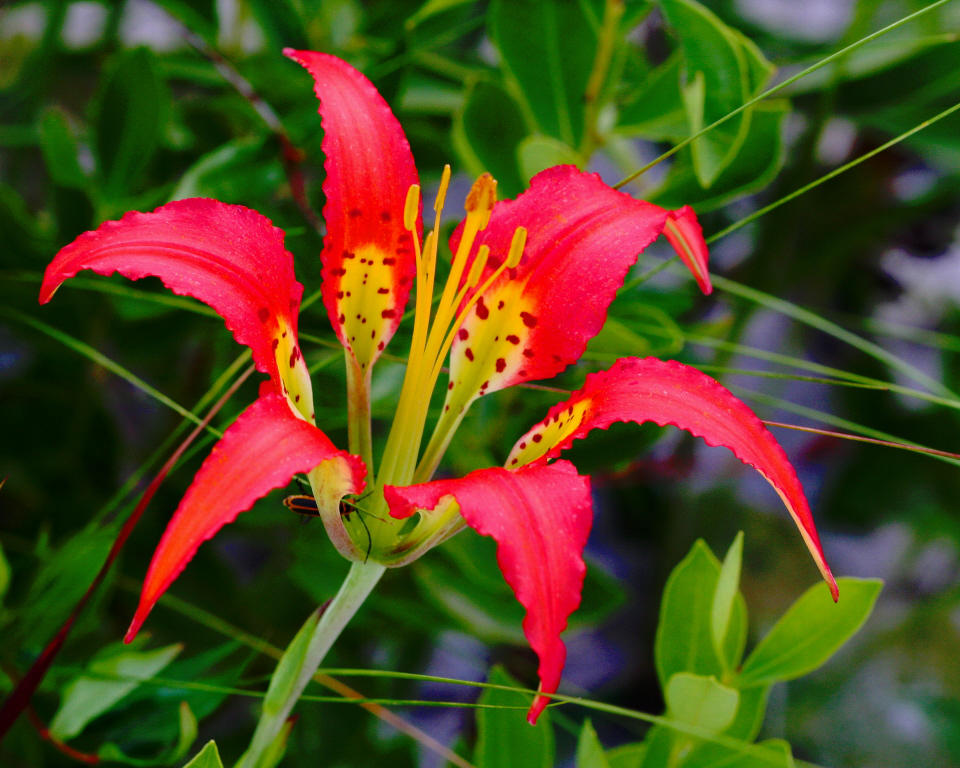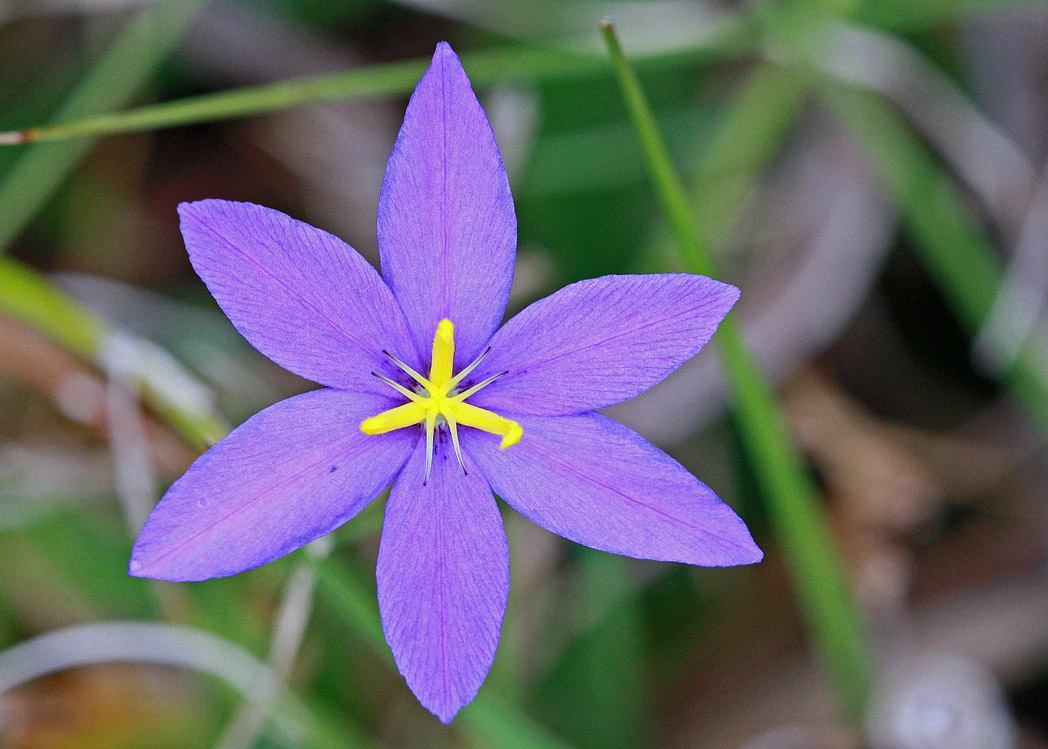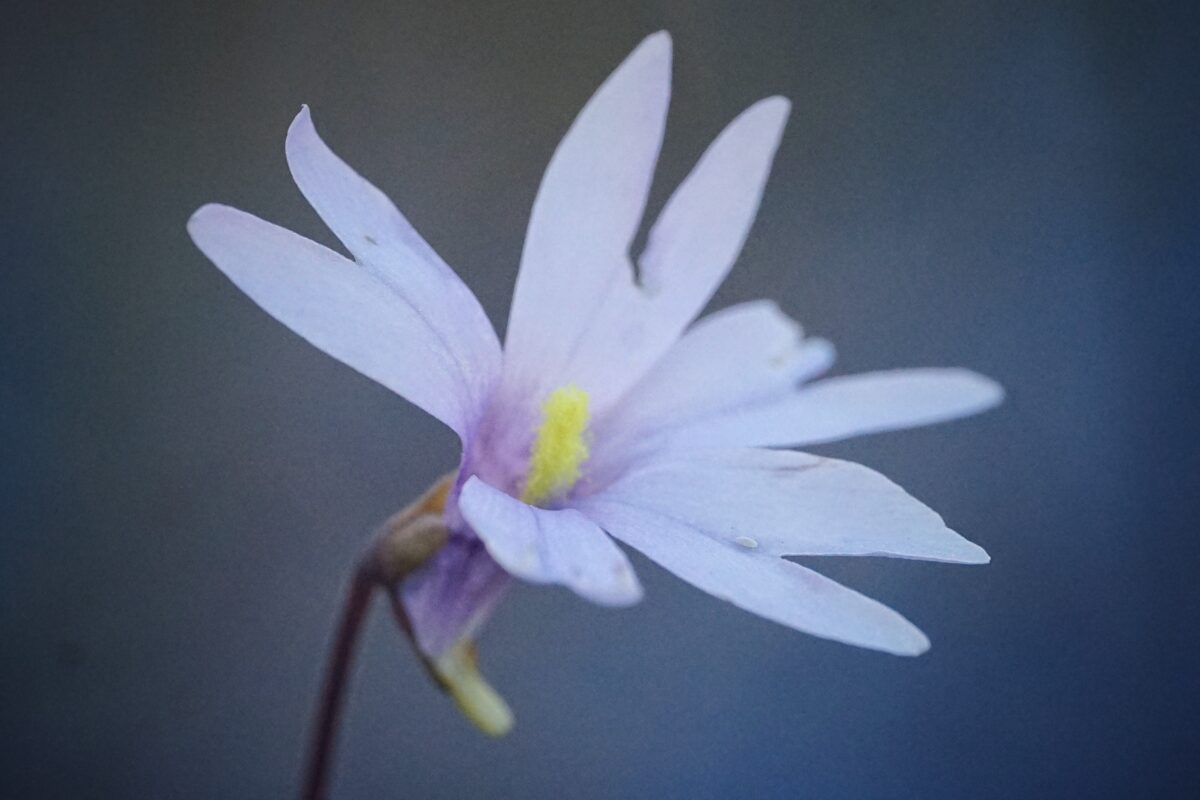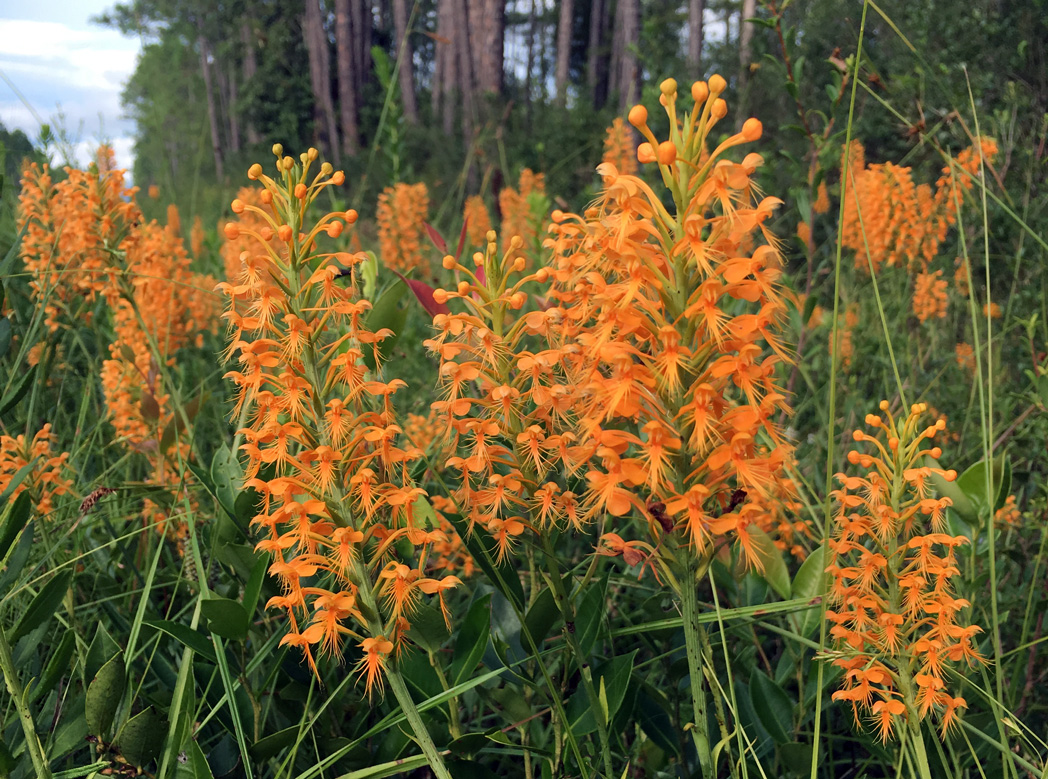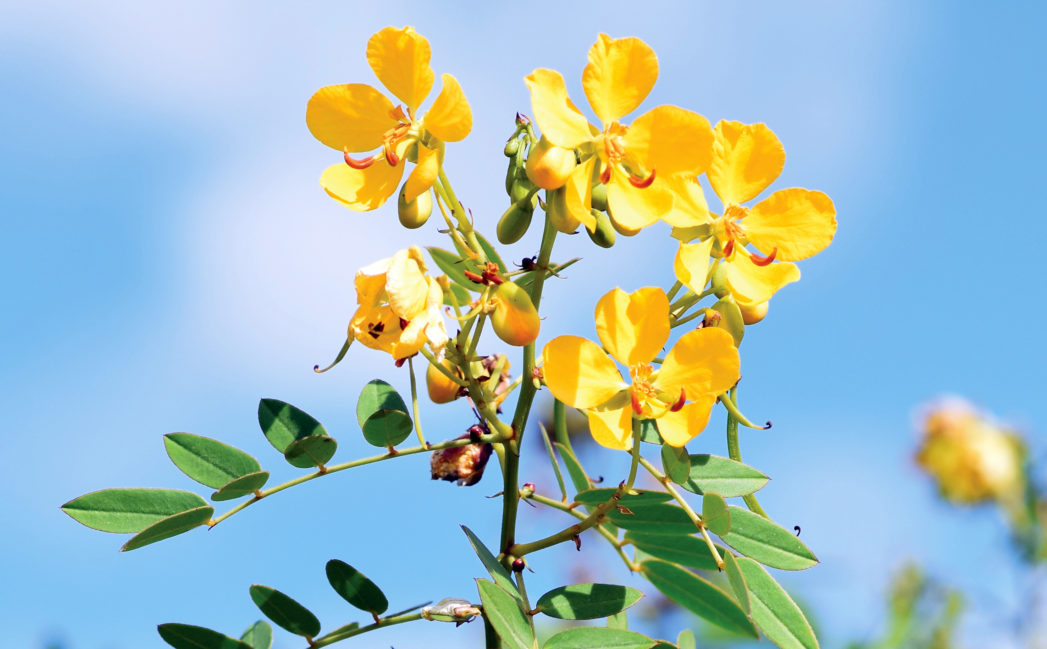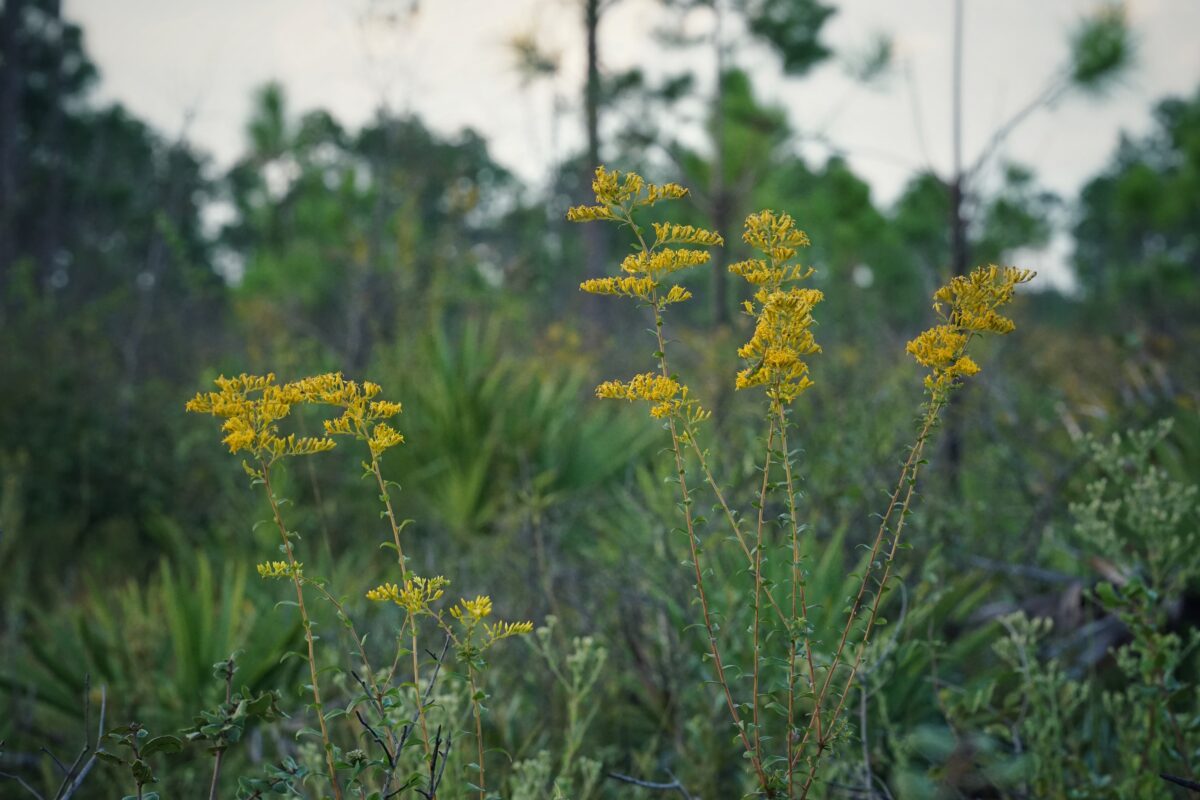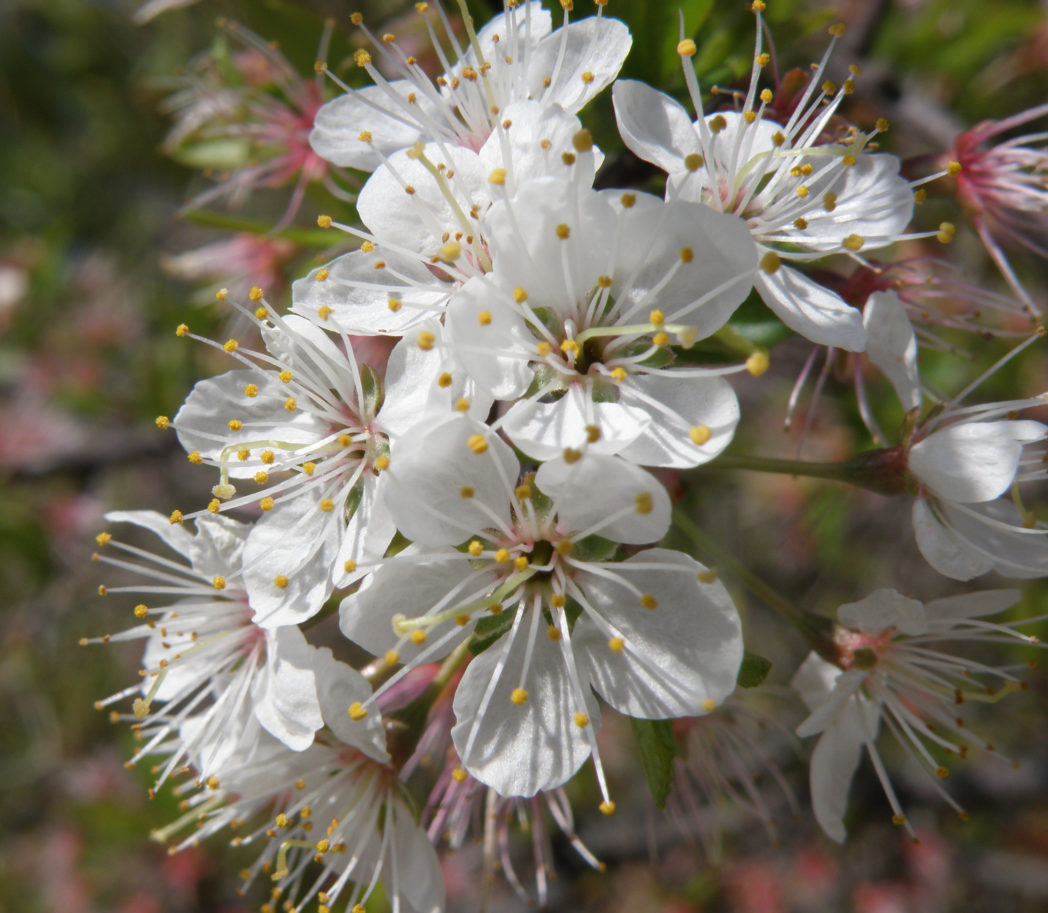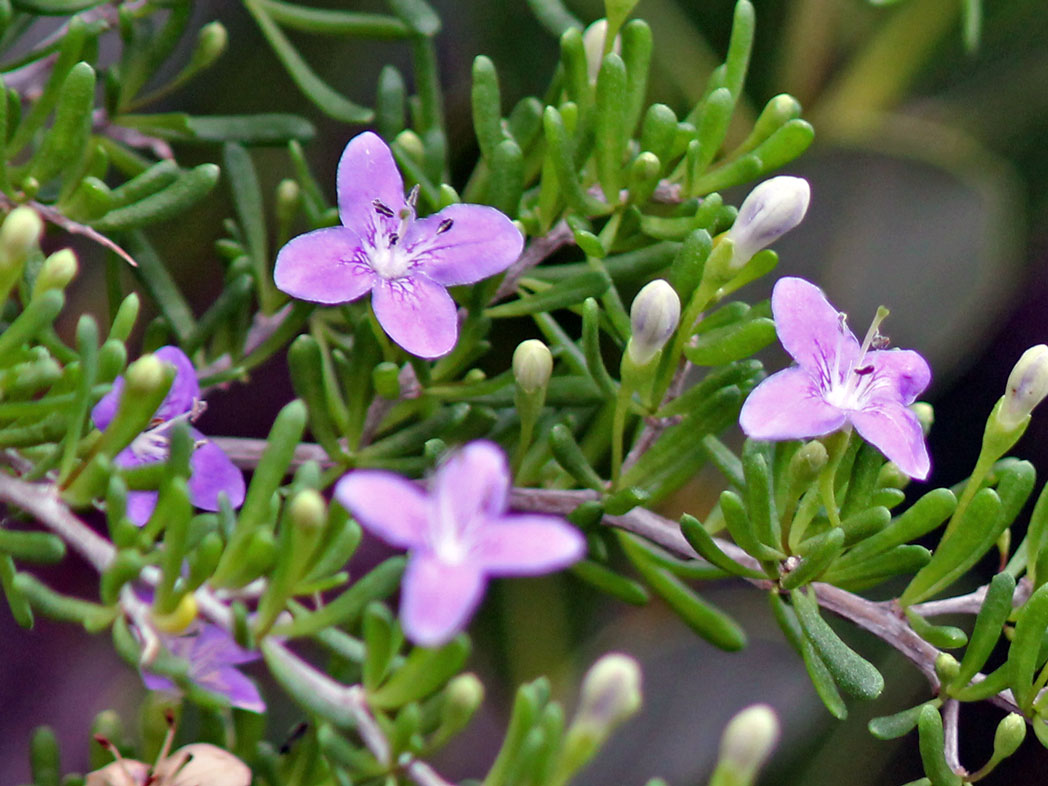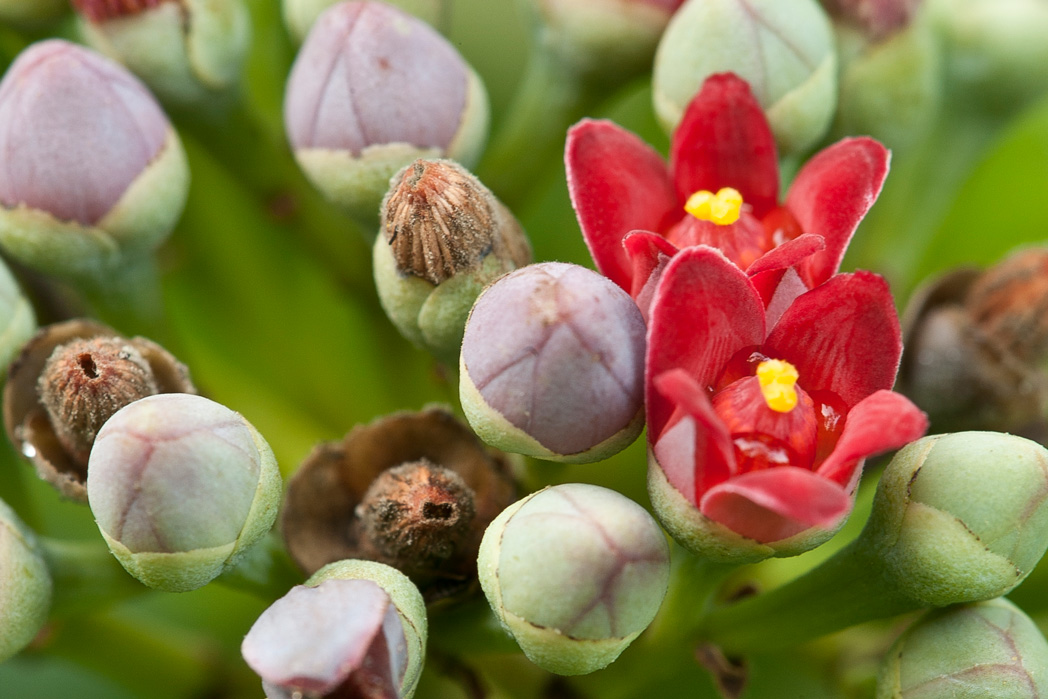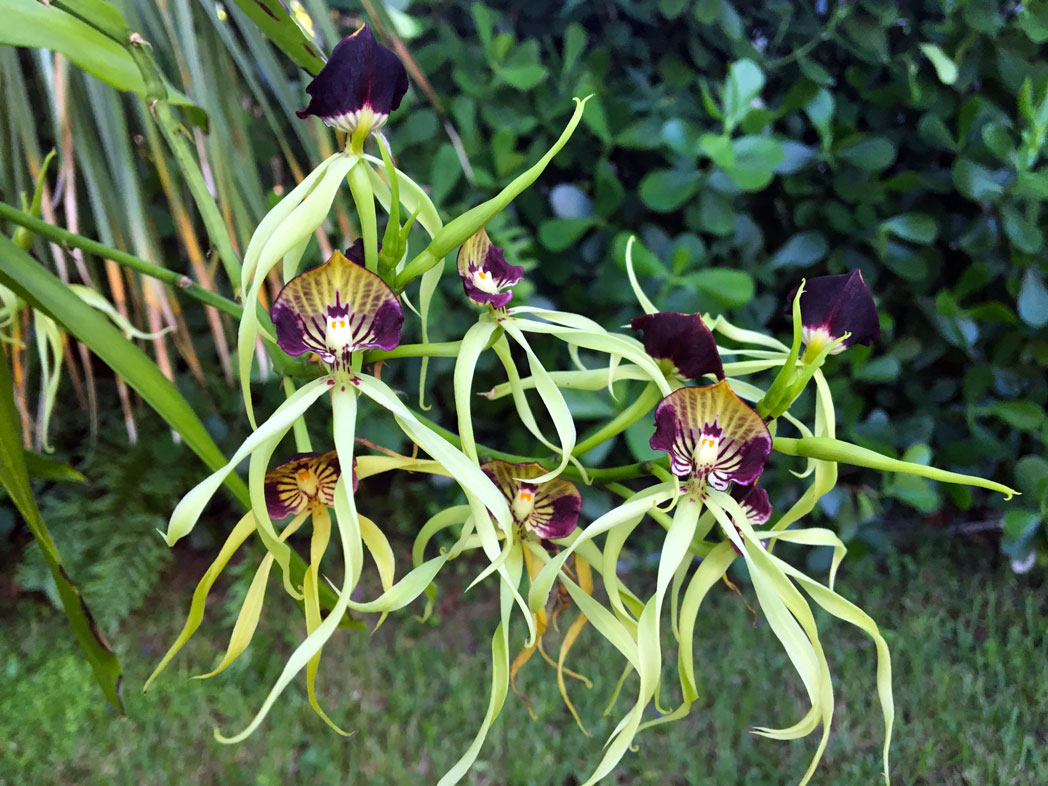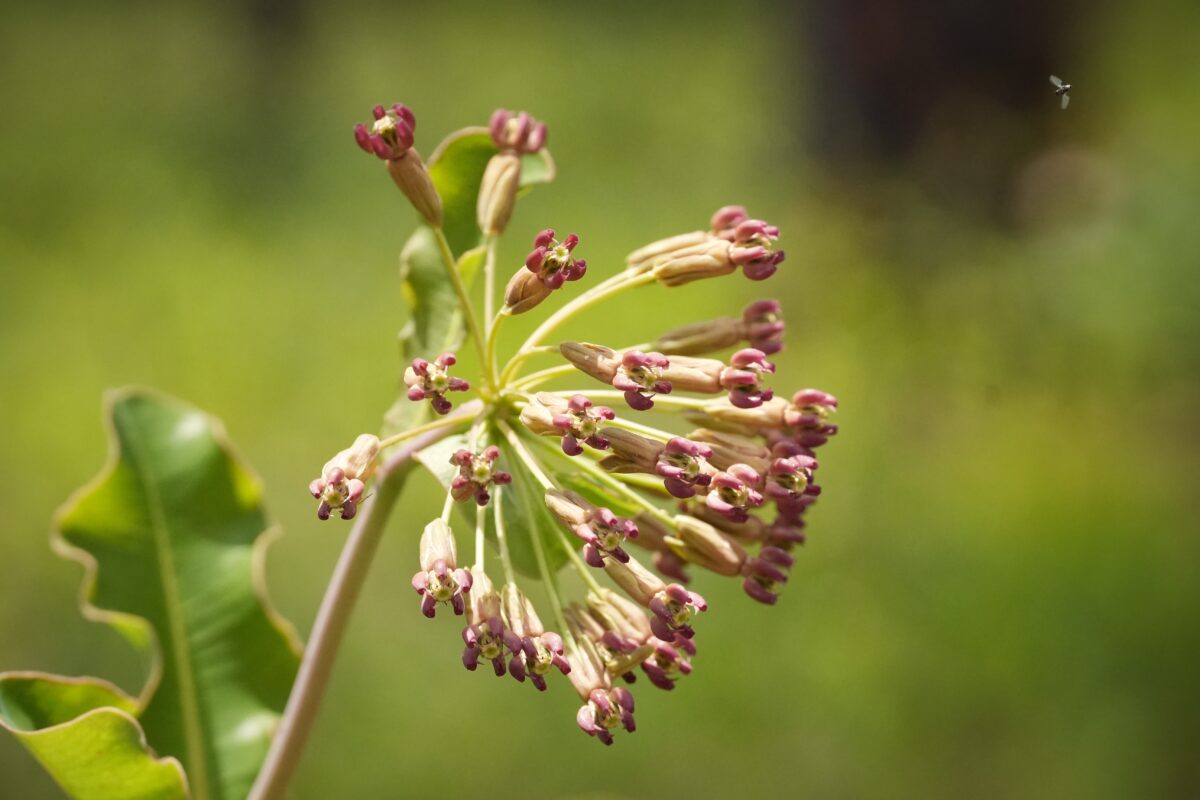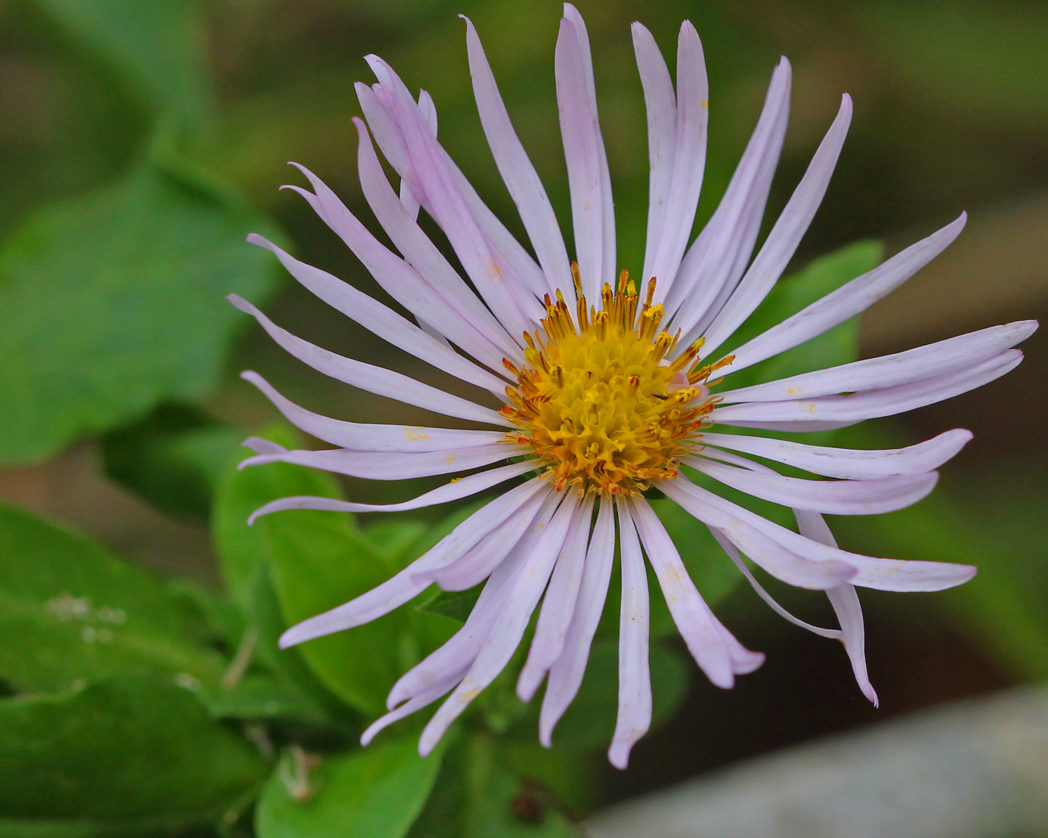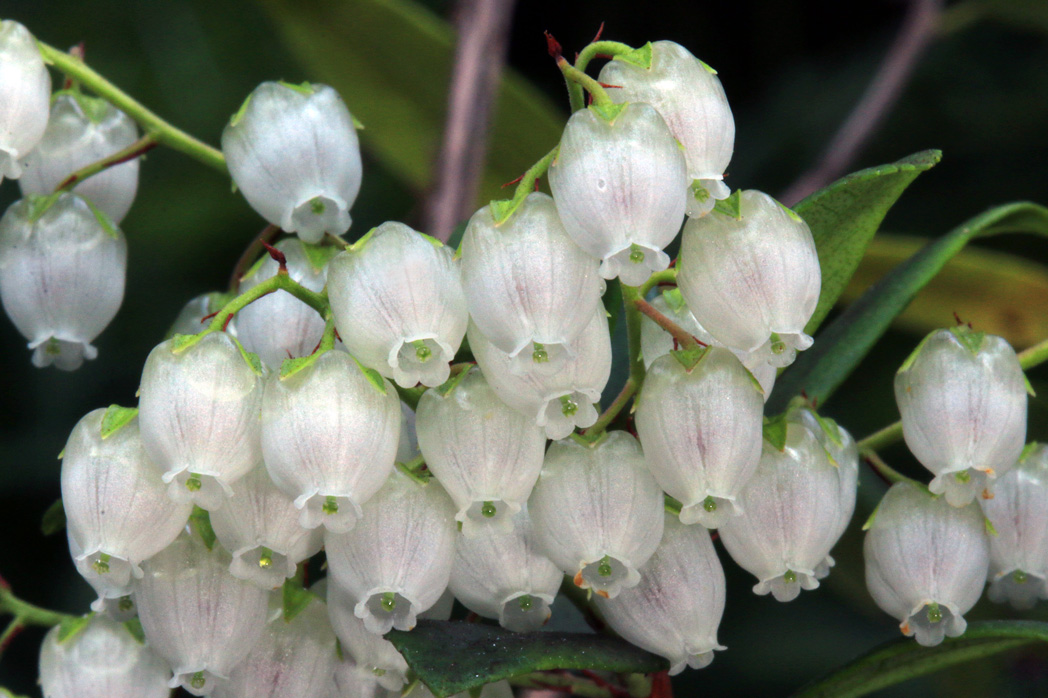Camphorweed
Camphorweed (Heterotheca subaxillaris) typically blooms in summer and fall. Its flowers are attractive to many bees and butterflies. The plant has a camphor-like aroma, particularly when the leaves are disturbed.
Candyroot
Candyroot (Senega nana) is an annual herbaceous wildflower found in wet to moist pine flatwoods, wet prairies and coastal swales. It typically blooms in late spring through summer.
Cardinalflower
Cardinalflower (Lobelia cardinalis) is an aquatic wildflower with erect spikes of brilliant red blooms that attract hummingbirds, butterflies and bees.
Carolina cranesbill
Carolina cranesbill (Geranium carolinianum) is an annual native wildflower that occurs in lawns, urban gardens and disturbed areas throughout Florida. It is often considered a weed, but its winter- and spring-blooming flowers attract bees and other small pollinators. Birds eat the seeds and white-tailed deer may forage on the leaves. Humans can eat the leaves, too, but they can be very bitter and astringent. The root has been used historically to treat sore throats and diarrhea. Carolina cranesbill is Florida’s only native Geranium species.
Carolina grass-of-Parnassus
Carolina grass-of-Parnassus (Parnassia caroliniana ) is a rare and striking wildflower. Listed as state-endangered, it is found only in Florida’s Franklin and Liberty counties and a small portion of the Carolinas.
Carolina horsenettle
Carolina horsenettle (Solanum carolinense) is a perennial wildflower that occurs naturally in pastures, disturbed sites and along roadsides. It blooms throughout the summer and is pollinated primarily by bumble bees, although many insects are known to visit the flower. Some birds, such as quail and wild turkey, eat its fruit.
Carolina jessamine
Carolina jessamine (Gelsemium sempervirens) is an evergreen vine that creates cascades of brilliant yellow as it grows up into trees and trails off branches.
Carolina milkweed
With its narrow leaves and fine stems, Carolina milkweed (Asclepias cinerea) can get lost among the wiregrass with which it typically grows.
Carolina ponysfoot
If you’ve got a regularly irrigated lawn or a landscape that naturally holds moisture, chances are Carolina ponysfoot (Dichondra carolinensis) occurs there. Found in moist hammocks and floodplain forests, it is also a frequent inhabitant of disturbed sites.
Carolina redroot
Carolina redroot (Lachnanthes caroliana) is a perennial herbaceous wildflower that blooms from summer into fall, attracting a variety of butterflies and moths.
Carolina yellow-eyed grass
Carolina yellow-eyed grass (Xyris caroliniana) is a perennial wildflower found in pine flatwoods, sandhills, wet prairies, coastal dune swales and bog edges throughout Florida. It blooms late spring through fall and is primarily pollinated by wind and bees, but other insects are known to visit the flowers. Its flowers are relatively small yet conspicuous, and look like pale little butterflies dotting the landscape.
Catesby’s lily
Catesby’s lily (Lilium catesbaei) is pure elegance, dotting wet flatwoods, prairies and savannas with brilliant summer and fall color. This state-listed threatened species occurs throughout most of Florida
Celestial lily
Celestial lily (Nemastylis floridana) is a heavenly wildflower found in wet flatwoods and freshwater marshes and swamps. Its dainty violet flowers bloom August through October and attract mostly bees.
Chapman’s butterwort
Chapman’s butterwort is an insectivorous wildflower that blooms from January through April. It occurs in wet habitats from bogs, cypress domes, depressions in wet flatwoods and prairies to roadside ditches. Listed as state-threatened, it is susceptible to drought conditions, drainage, habitat loss and illegal collection.
Chapman’s fringed orchid
Chapman’s fringed orchid (Platanthera chapmanii ) is an endangered terrestrial orchid found in wet prairies, pine savannas and along wet roadsides and ditches. Its showy flowers typically bloom in summer.
Chapman’s wild sensitive plant
Chapman’s wild sensitive plant (Senna mexicana var. chapmanii) is a state-listed threatened species. Its many flowers are visited by a variety of native bees and butterflies. All members of the Senna genus are larval host plants for Sulphur caterpillars.
Chapman’s goldenrod
Of Florida’s 22 Goldenrods, Chapman’s goldenrod (Solidago odora var. chapmanii) is one of the best suited to home landscapes. A wonderful wildlife supporter, it is popular with a variety pollinators, songbirds eat the seeds and it provides cover for small animals.
Chickasaw plum
Chickasaw plum (Prunus angustifolia) is a deciduous flowering shrub to small tree that produces profuse white blooms, making for a spectacular early spring display.
Christmasberry
Christmasberry (Lycium carolinianum) gets its common name from the many bright red, egg-shaped berries it produces in December. While toxic to some animals, they are favored by many birds.
Cinnamon bark
Also known as Wild cinnamon, Cinnamon bark (Canella winterana) is an evergreen flowering shrub or small tree found in coastal hammocks in Florida’s extreme southern counties. Although common in the Keys, it is a state-listed endangered species. The plant blooms year-round, peaking in spring and summer and attracting butterflies, especially Schaus’ swallowtail. Birds and other wildlife eat its fruit and find cover in its foliage.
Clamshell orchid
Clamshell orchid (Prosthechea cochleata var. triandra) is a striking epiphytic orchid found in South Florida’s cypress swamps and hammocks.This state-listed endangered species blooms late fall through early spring, peaking in December. Blooms can last several months. The plant is believed to be self-pollinated in Florida as it has no known pollinators here. The plant has several common names, including Florida cockleshell orchid and Octopus orchid.
Clasping milkweed
Clasping milkweed (Asclepias amplexicaulis) is a late spring- through summer- blooming milkweed that occurs in dry sandy areas from sandhills to pine savannahs, open woodlands and fallow fields.
Climbing aster
Climbing aster (Ampelaster carolinianus) is a robust vine-like shrub that produces many fragrant daisy-like lavender to pinkish blooms. It is an excellent nectar source for many butterflies and bees.
Climbing fetterbush
Climbing fetterbush (Pieris phyllyreifolia) is an evergreen vine-like shrub found in swamps, moist pinelands, upland mixed forests and sandhills in the Panhandle and several peninsular counties.

